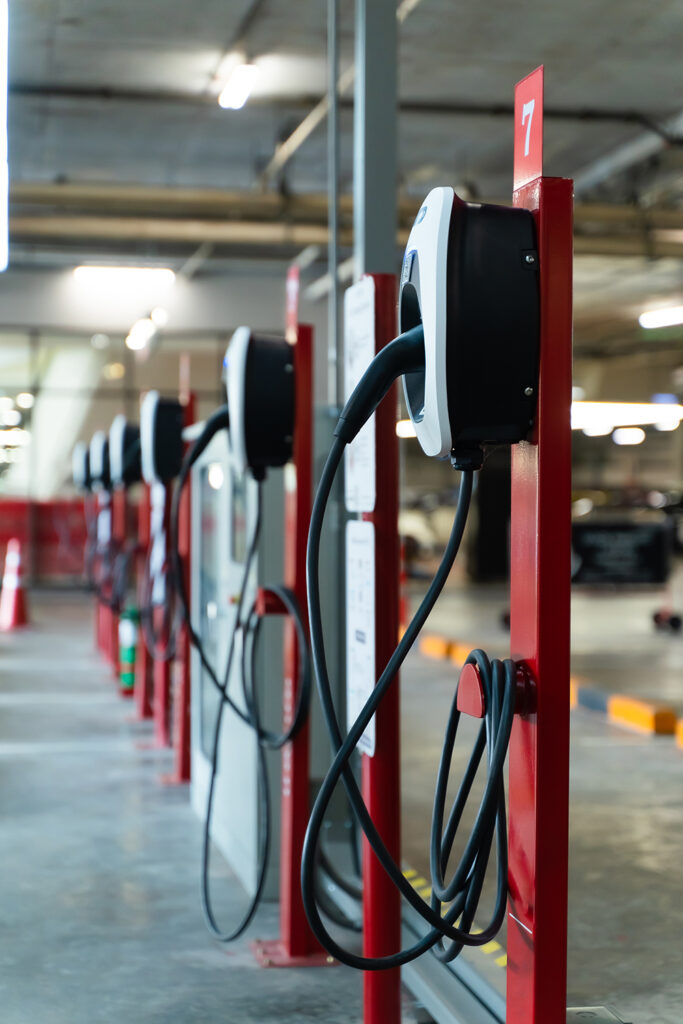A leading UK telecommunications company, with more than 46 million broadband, mobile, phone and home subscribers, has an ever-growing home-based vehicle fleet. As part of its net zero ambitions, it has embarked on a fleet electrification journey with a desire to keep CapEx costs down. Ayvens is a global fleet leasing solutions company, and as part of its work with this client, chose us as an EV expert to provide data-driven analysis to inform the EV transition.

UK Telecommunications Company and Ayvens
ZeroCarbon StrategyDelivering a data-driven fleet electrification strategy for a leading UK telco provider
Solutions
Supporting UK EV fleet ambitions
A strategy built for EV success
Our work started with an in-depth analysis of the customer’s fleet and site data. This provided Ayvens with an optimized fleet electrification strategy and highlighted where chargers should be installed to satisfy the demand of the customer’s future EV fleet.
This unique approach guaranteed that the client received a custom-fit solution based on its fleet’s demands and available resources, while remaining within the constraints of the business’ own strategy. We completed the project in two phases:

Phase 1: Charging vehicles at a customer site closest to driver’s home
- We reviewed drivers’ home locations and calculated the distance to all the customer sites to understand how many vehicles were located with a 10- mile radius.
- We then calculated the average energy demand for the fleet – finding they’d need ~27 kWh per vehicle day.
- Using the available headroom for all ~175 sites, we determined how many chargers could be installed at each location, and how much time vans would need to charge.
- Combining these datasets, plus car park space data and other potential EV charging site locations, we could determine how many chargers our customer would have to install to satisfy their fleet.

Phase 2: Charging vehicles at customer site closest to daily route
- We expanded our analysis by using historical vehicle telematics data to determine the optimal charge location for each vehicle shift completed in a six-month period.
- The scenarios analyzed reflected our customer’s electrification strategy with on-site charging, contracted demand, public charging and home charging options modelled.
- The team analyzed 33 million rows of telematics data to provide the optimal charging strategy for each vehicle and found 90% of the fleet were within 2 miles and 80% were within 1 mile of a charging location.
Delivering positive EV outcomes
We provided a comprehensive EV Transition Strategy to address the client’s challenges, which included assessing the feasibility and cost of various charging models, as well as analyzing historical vehicles’ telematics data to identify the best way to electrify their fleet.
This had the following outcomes:
- Fast, cost-efficient routes to electrification: We identified and designed the electrification blueprint which minimized cost and operational disruption. This provided specific actions
and a timeline for targets to be met. - Optimized charging strategy: We developed a charging strategy that considered possible charge locations and current fleet operations. This ensured an accelerated EV transition timeline.
- Minimized CapEx spend: In utilizing partner charge point locations, we cut costs, while we also modelled the client’s smart charging techniques to drive further efficiencies.
- A clear and actionable plan: Our EV transition strategy accelerated the client’s fleet electrification and allowed it to hit its targets sooner.
We created a partnership with Hitachi ZeroCarbon to carry out an analysis of the client’s entire commercial vehicle fleet and the sites it is used at. The result was a data-driven optimal electrification strategy that looked at everything from vehicle models and allocation to the ideal places to install chargers.
